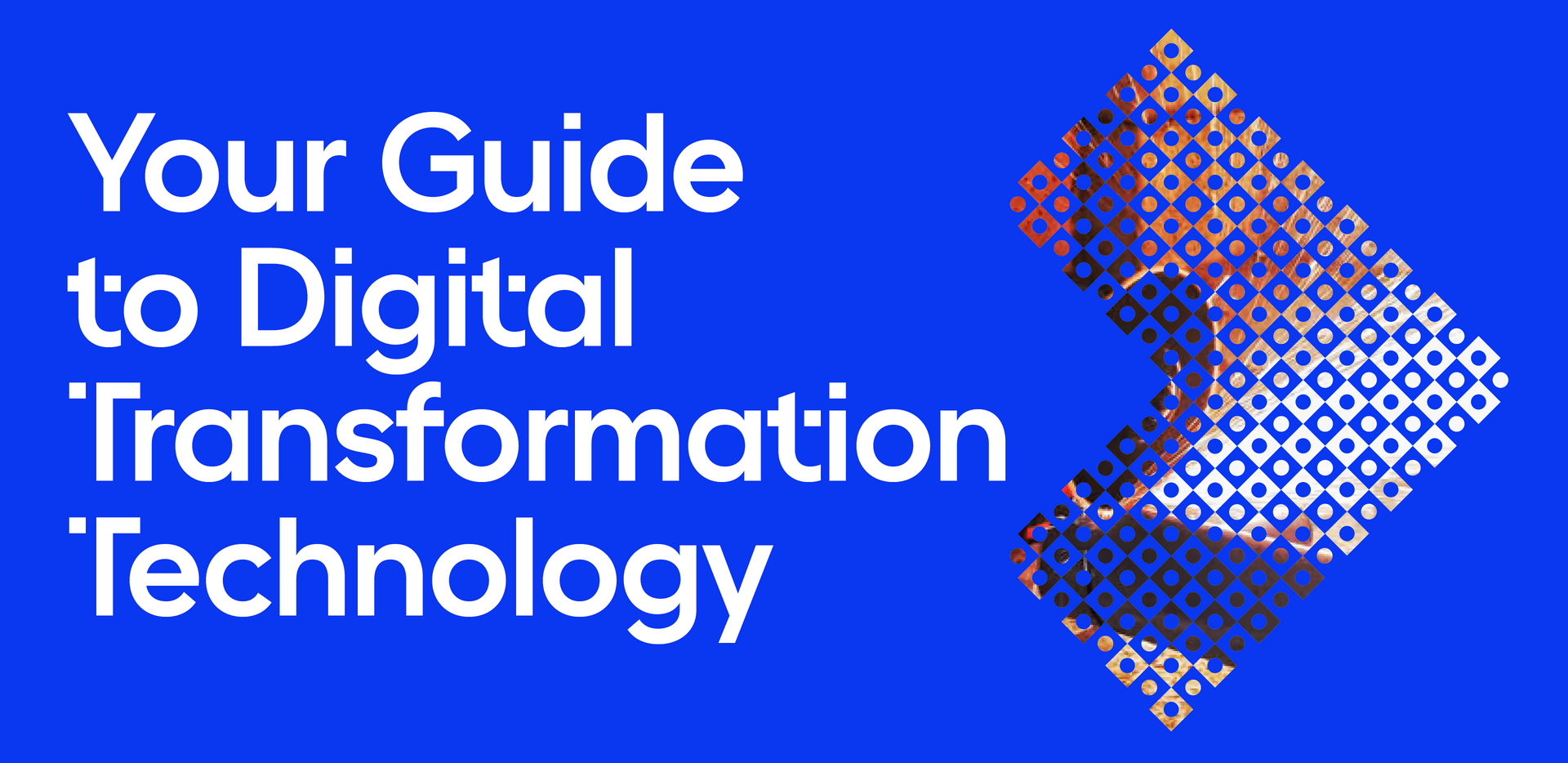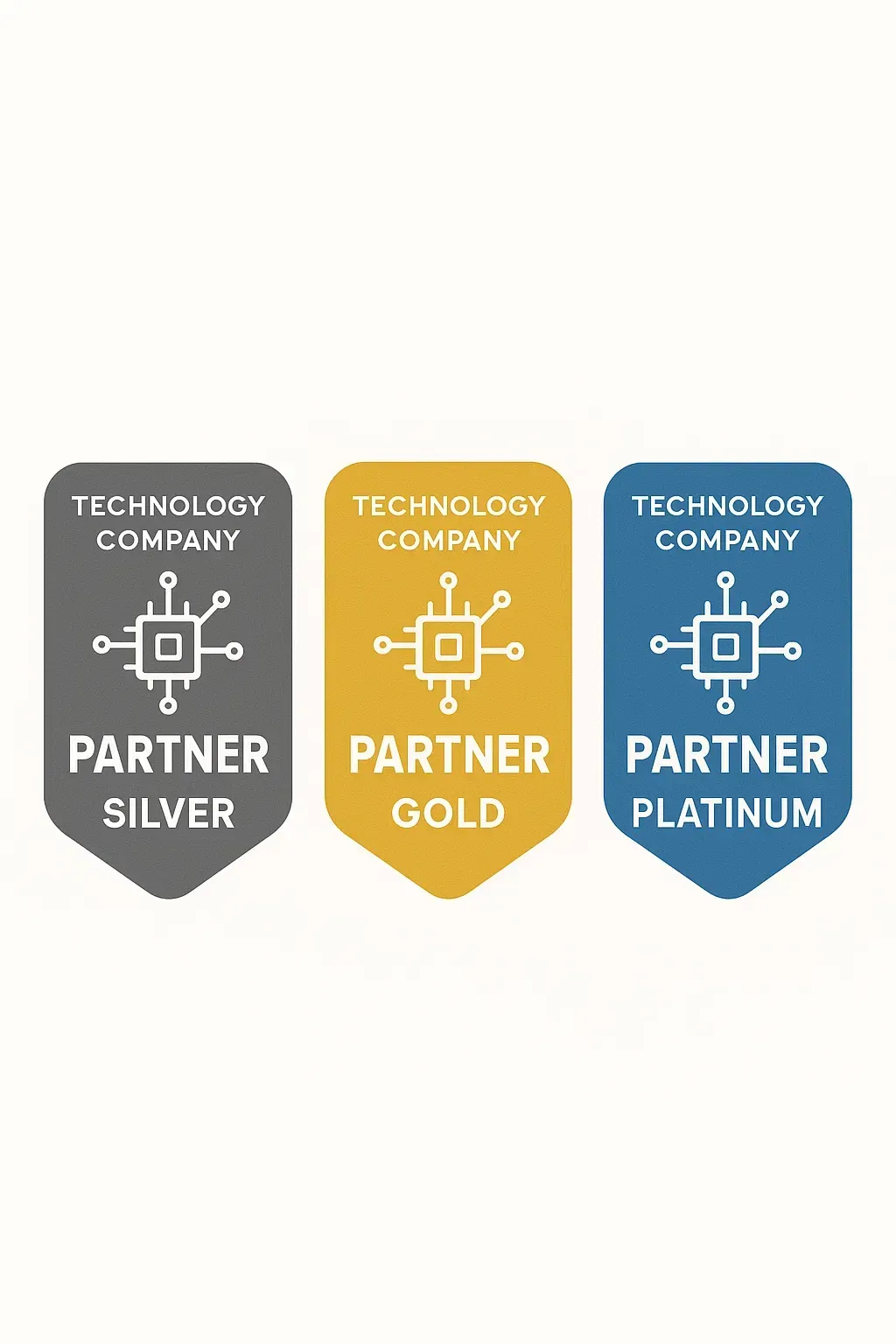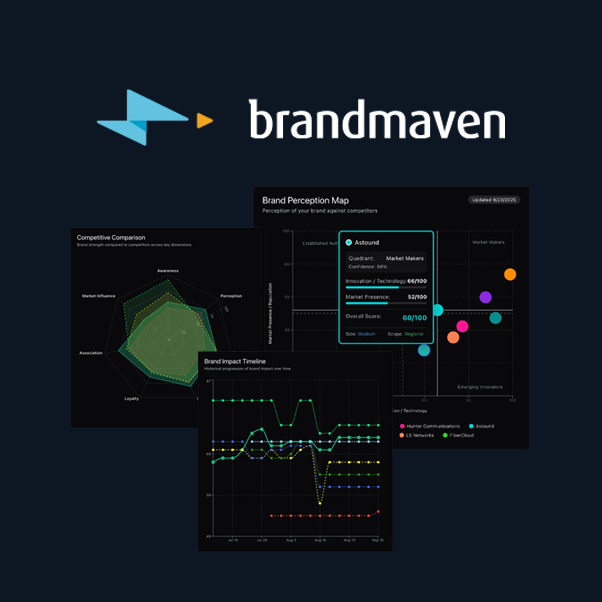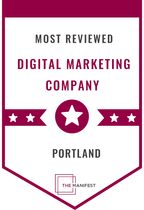SPEAK AGENCY
We help TECH brands speak human
Our Philosophy
We believe that every brand deserves the chance to be amazing – regardless of the complexity of its market, industry or products.
We collaborate with our clients to bring their stories to life, creating compelling content and messaging across a variety of mediums.
What We Do
Brand Story
We help you tell the most powerful story about why your brand exists and why your customers should care.
Visual Identity
We create a cohesive visual system that makes it easier to communicate your story across all channels.
Digital Presence
We apply our technical expertise to achieve incredible things in digital and online spaces.
Humanize Tech

In marketing, we love a good acronym. But let’s be real— USP (Unique Selling Proposition) is starting to feel like one of those legacy systems we all pretend still has value because it’s “core to the business.” You know the type: old, clunky, and painfully out of sync with how people make decisions today.










